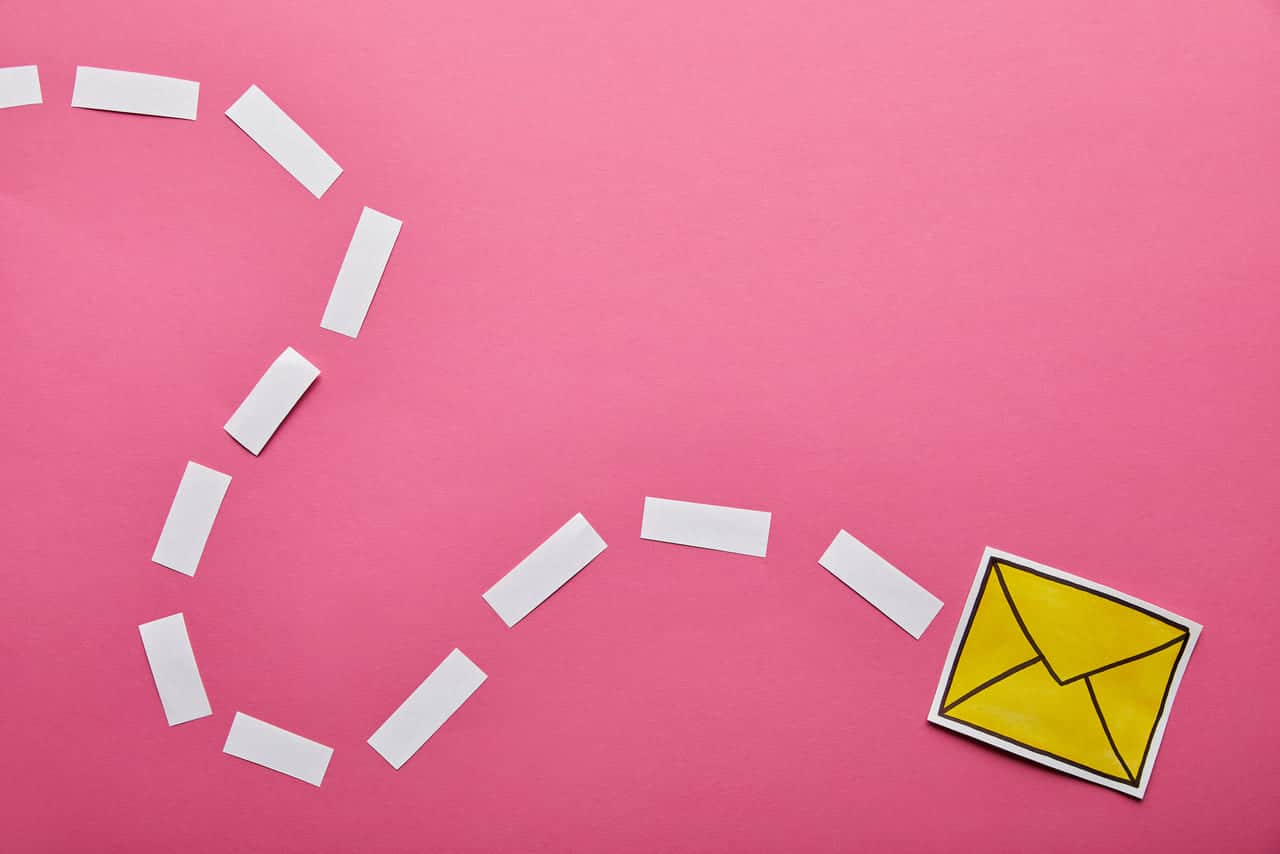
Write an Email in Spanish like a Native: Essential Vocab and Phrases
DATE:
Struggling to write emails in Spanish? Join us on a fascinating journey into the world of Spanish correspondence! Imagine crafting emails in Spanish effortlessly, without relying on dictionaries or translators.
Our blog covers formal and informal language, strategic vocabulary use, perfecting Spanish greetings, and signing off with grace. Our objective is to equip you with tools and tips to confidently write emails in Spanish that reflect your intentions and personality.
By the end, you’ll be emailing like a native, impressing Spanish speakers and earning virtual high fives. Ready to begin this linguistic adventure?
Explore useful phrases and formal email writing in Spanish as we dive in.
Understanding Formality in Spanish
Formality in the language is akin to the dress code of communication. Picture this: you wouldn’t show up to a black-tie event in your comfy pajamas, would you?
Similarly, you wouldn’t want to drop casual lingo in a formal email. This principle is particularly salient in Spanish, a language rich in courtesy and decorum, which carries a clear demarcation between formal and informal language.
Formal Language
In Spanish, formality often hinges on the use of “usted”, the formal version of “you”. If you imagine language as a sartorial choice, using “usted” is akin to donning a formal suit or a classy dress.
This is especially pertinent when crafting a formal email. Whether you’re addressing your boss, a client, or anyone to whom you want to show a high degree of respect, “usted” is your go-to word.
Informal Language
On the flip side, let’s talk about informal language. If you’re writing an email to a friend or someone with whom you share a close relationship, “tú” is your pick. In our wardrobe analogy, using “tú” is like rocking a casual t-shirt and jeans – comfortable, friendly, and relaxed.
Now, I want you to remember that this is just the tip of the iceberg. The world of Spanish formality is a fascinating one, filled with cultural intricacies and linguistic subtleties.
To truly master the nuanced dance between “tú” and “usted”, we highly recommend checking out our comprehensive blog post “Tú vs. Usted“.
It delves deep into this topic, providing you with a wealth of information that will aid you in navigating the formal and informal currents of the Spanish language.

Essential Spanish Vocabulary When Writing an Email
Ah, the moment you’ve all been waiting for! Here’s where we dig into the meat and potatoes, the essential Spanish vocabulary you’ll need when writing an email in Spanish. Remember, folks, writing an email in spanish isn’t just about translating your thoughts verbatim.
They’re about embodying the nuances, the flavor, the sabor of Spanish.
Emails in Spanish – The Basics
Let’s start with the basics, shall we? Just like assembling a piece of furniture, you need to make sure you’ve got all your parts before you begin. Similarly, here are the fundamental components, the nuts and bolts if you will, of an email in Spanish:
- Correo electrónico – Email
- Asunto – Subject
- Para – To (Recipient)
- De – From (Sender)
- Estimado/a (formal), Querido/a (informal) – Dear
- Sr. -Mr.
- Sra. – Mrs.
- Srta.- Miss
These words are the foundation of your email in Spanish. They’re the essential pieces you’ll need to start constructing your email, much like the base of a skyscraper.
Remember, it’s crucial to select the appropriate term for ‘dear’ depending on the level of formality required. For example, ‘Estimado Sr.’ would be the Spanish equivalent of ‘Dear Mr.’ for formal emails.
On the other hand, if you’re corresponding with a friend, ‘Querido/a’ would be more appropriate.
Venturing into the Email’s Content
Now that you’ve mastered the basic vocabulary, it’s time to dive into the heart of your email in spanish – the content. This is where your Spanish skill will truly shine, as you articulate your thoughts, questions, or comments.
But fret not, dear reader, we’re here to guide you every step of the way. In the following sections, we’ll explore Spanish greetings, common phrases, how to kickstart your email, and how to eloquently pen the body of your email.
1. Greetings and Salutations
Whether it’s an informal email or a formal email, the way you greet your recipient sets the tone for your message. Let’s look at the common greetings in both scenarios.
Informal Greetings
If you’re writing to a friend or a close colleague, you can keep things light and friendly. Here are a few examples:
Hola (Hello)
¿Cómo estás? (How are you?)
Espero que todo vaya bien (I hope everything is going well)
Formal Greetings
Formality requires a bit more respect and distance. Here are a few formal greetings you can use:
Estimado Sr./Sra./Srta. (Dear Mr./Mrs./Miss)
A quien corresponda (To whom it may concern)
Distinguido/a (Distinguished)

2. How to Start an Email in Spanish
Alright, my curious linguists, it’s time to explore the next phase of writing an email in Spanish: crafting the opening lines. This section is as crucial as the first act of a play or the opening chapter of a novel.
It sets the tone and hooks your reader, preparing them for the rest of your email in Spanish. And, of course, it’s important to remember that the body of your email should mirror the level of formality you’ve chosen for your greeting.
The Formal Approach
If you’re sending a formal email, such as a job application or a business inquiry, you’ll want to follow your ‘Estimado/a Sr./Sra.’ greeting with a respectful and professional opening. Here are a couple of examples:
Espero que este correo electrónico le encuentre bien. – I hope this email finds you well.
Le agradezco de antemano su atención a este asunto. – I appreciate your attention to this matter in advance.
These opening lines acknowledge the recipient’s time and set a professional tone for the rest of the email.
The Informal Route
On the other hand, if you’re writing to a friend, a casual colleague, or someone with whom you have an informal relationship, you can afford to be more relaxed in your language. Here are some examples of informal email starters:
¿Cómo has estado? – How have you been?
Espero que todo vaya bien contigo. – I hope everything is going well with you.
These lines are friendly and personal, expressing genuine interest in the recipient’s wellbeing.
Whether you choose a formal or informal approach, remember, the key is to align the tone of your email with your greeting. It’s about establishing harmony in your message and ensuring your recipient feels respected and understood.
Let’s now move on to the body of the email where the real conversation takes place. Ready? ¡Vamos!
3. How to write the content of an email in Spanish
Now that we’ve warmed up with the opening lines, it’s time to tackle the main event—the body of your email in Spanish. This is where you convey your message, make your request, or share your news. In short, this is where the magic happens!
Clarity is King
The rule of thumb when crafting the body of your email is clarity. Be concise, and make your point clearly. Spanish, as in English, appreciates brevity and directness. A well-structured paragraph with a clear message always wins!
For example:
Escribo para informarle… (I am writing to inform you…)
Me gustaría solicitar… (I would like to request…)
Formal vs Informal
Remember, the formality of your language should match your greeting and opening lines. In a formal email, you might use more complex sentences and advanced vocabulary. On the contrary, in an informal email, you can be more casual and use everyday language.
Proper Signposting
Moreover, use proper signposting. Phrases like “en primer lugar” (firstly), “además” (in addition), and “por último” (finally) can help guide your reader through your message.
Remember, practice makes perfect! As you continue to write and receive emails, you’ll start to recognize patterns and commonly used phrases. Just keep swimming—or should I say, keep writing!

4. Ending your Email in Spanish
It’s time to wrap up your email. But how do you sign off without sounding awkward? Here are a few examples:
Formal Sign-Offs
Atentamente (Yours sincerely)
Cordialmente (Cordially)
Saludos cordiales (Kind regards / Best regards)
Informal Sign-Offs
Un abrazo (A hug)
Besos (Kisses)
Hasta pronto (See you soon)
You Now Have New Spanish Skills And Have Learned How To Write Emails In Spanish!
But hold your horses, my eager amigos, there’s more on the horizon! How about adding a golden feather to your cap by diving deeper into Spanish?
That’s right! At SpanishVIP, we’re offering you the chance to take part in a free 1:1 class or enjoy free group classes for an entire week. Just imagine the strides you could make in your Spanish skills!
Our team of Student Success Advisors, always at your disposal, is ready to guide you on this exciting adventure. Whether you’re grappling with possessive adjectives or figuring out the best way to write an email in Spanish, they’re just an email or phone call away. They’re here to address all your queries, doubts, and to provide you with the best possible learning experience.
So, what are you waiting for, my friends? Now’s the perfect time to take the plunge into the captivating world of the Spanish language and culture.
Remember, whether it’s formality depending on the context or getting the Spanish version of a phrase just right, we’re in this together, every step of the way. Best regards and tengas un buen día, mi amigo!








